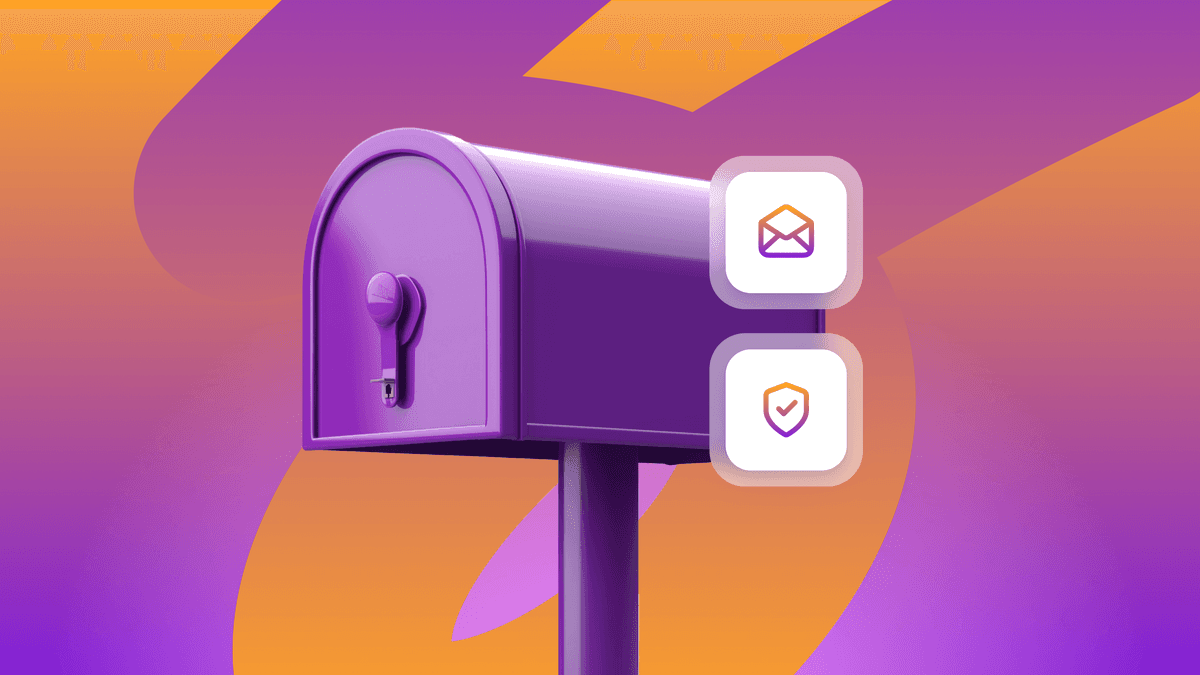Humanized Marketing: Connecting With Customers on a Personal Level
Published on November 12, 2019/Last edited on November 12, 2019/5 min read


Magith Noohukhan
Product Evangelist, BrazeI recently had the opportunity to speak at an internal marketing event hosted in Istanbul by a leading food delivery company and food was everywhere I went in Istanbul, with so many options for authentic cuisine—especially their signature baklava, which is so tempting you never want to miss it. But what really stood out to me wasn’t the food, but the way people got together to enjoy eating out late into the night; there was such a sense of community.
I’ve always thought of food as culture, culture as behavior, and behavior as habit. Since my talk at the event was on how to humanize marketing in the food delivery space, I did some research into the history of food delivery—and found that before the modern, tech-driven era, every marketing activity that brands carried out had a human touch to it. But over the last decade, with the evolution of technology, the rise of new devices and new platforms, the question I found myself asking was: Can marketing and customer engagement still be human?
Instead of speculating, Braze commissioned research conducted by Forrester Consulting on behalf of Braze to dig deeper into this important topic. As part of this study, more than 3,000 people were asked about brand humanity and its impact on their engagement and purchase behavior. There are real business results at stake: Survey respondents indicated they would be nearly twice as likely to feel satisfied—and to recommend—a product or service when they've had a brand experience that feels human. With that in mind, let’s take a look at three things you should consider when your brand is looking to engage with audiences on a human level.
1. Humanize Your Brand’s Image
When you interact with a brand that has best-in-class customer engagement, every message feels like a conversation between two friends. It’s responsive, contextual, and provides real value—the polar opposite of the generic, self-serving messages that you receive from brands that don’t have their act together.
Getting it right matters. So every time you launch a new campaign or marketing initiative, take a moment and remember that you’re trying to speak to a human being. Think about the kind of messages you’re willing to interact with; think about how the product or service you’re highlighting can add value and about how you’d explain that value if you were sending the campaign to a friend or family member.
The truth is, people remember stories—stories that they can relate to their personal and professional lives. So if you give your brand’s communications a personality they can relate to and ensure that you’re adding value and communicating meaningful information, the way you would in a one-on-one conversation in real life, you can do a lot to make your company feel more human to the people you’re messaging.
2. Understand Your Customers’ Key Touchpoints
These days, it’s rare for a consumer to interact with your brand exclusively through a single platform or channel. To humanize your company’s relationship with its customers at scale, you need to understand every relevant touchpoint and ensure that you’re providing a cohesive brand experience that’s responsive and human.
At Braze, our customers leverage our Braze Canvas tool to visualize their users’ customer journey across channels, allowing them to target messages more effectively and personalize every interaction to speak effectively to their audience. If a customer usually engages with your mobile app, when they do visit your website, the experience needs to feel consistent, personal, and valuable. It’s okay to modulate your brand voice and visuals based on the needs of a given platform (apps, websites, etc.) or channel (email, push notifications, etc.), but you don’t want consumers to come away bewildered by discontinuities. Give them the experience they crave wherever and whenever they engage—it’s the human thing to do.
3. Come Along With Your Customer on That Dynamic Journey
Human relationships are dynamic and ever-changing; your customer engagement strategy should be, too. To support healthy, long-lasting customer relationships, consider designing a personalized customer engagement strategy that begins at the very beginning of the customer onboarding process. Providing a human-first customer engagement experience can be a challenge, but one of the best ways to ensure you’re getting it right is to put yourself in the consumer’s shoes and walk through the experiences you’re providing.
That said, remember that consumers’ preferences and expectations can change as time passes. Your relationships with your friends and family shift and evolve; your customer engagement efforts needs to be able to do the same. To ensure that you’re keeping up, take advantage of intelligent systems like the Braze Intelligence Suite to automatically adjust aspects of your outreach—think message timing, channel preferences, and more—in response to changing consumer behavior.
Final Thoughts
Let’s return to food delivery for a moment. When people order food, their desire for that meal—their hunger—can make the process of waiting frustrating and stressful. But when food delivery brands use technology to keep their customers informed every step of the way, it’s possible to soothe those feelings and provide confidence that their delivery is on schedule. It’s a simple thing, but it can do a lot to provide a more satisfying, more human experience...and modern technology makes it possible at scale.
These human-first experiences are possible in every region and across every vertical. But to make it happen, you need to understand the factors that drive true brand humanity and the data, technology, and teamwork that it takes to make it happen. To dig deeper, check out the 2019 Brand Humanity Study.
Related Tags
Be Absolutely Engaging.™
Sign up for regular updates from Braze.
Related Content
View the Blog
Look out: Outlook's new email requirements and what they mean for Braze senders

Alison Gootee

How the Braze Data Platform enhances flexibility and fosters collaboration

Sahiz Kaur

Customer churn prediction: Using data for smarter retention
